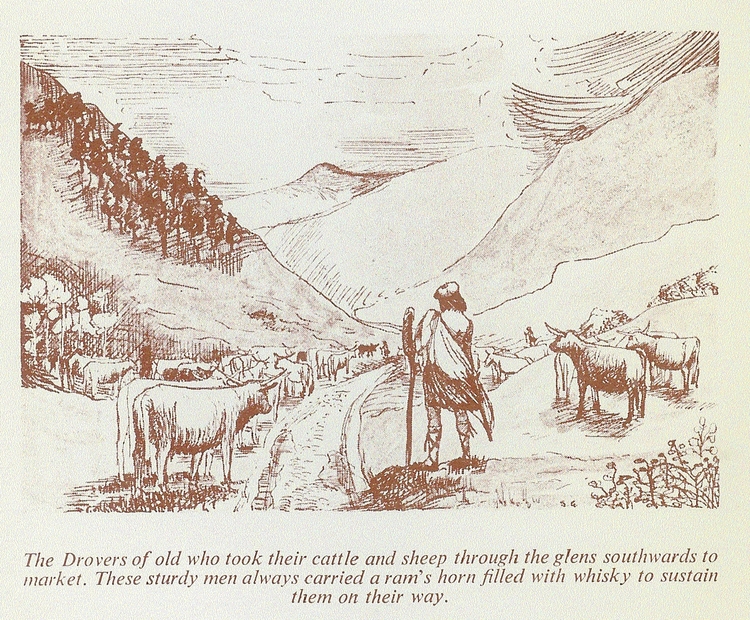 |
|

Best viewed in
|
Tomatin is a small village on the River Findhorn in Strathdearn in the Scottish Highlands about 16 miles south of the city of Inverness. The name derives from the Scottish Gaelic name Tom Aitinn (hill of juniper). The river Findhorn rises at Coignafearn, a large game estate near Tomatin, and then passes through Tomatin village itself. The village has a shop, school and village hall and is most known for its whisky distillery. A building known locally as “The Old Laird’s House” still remains on the site of the current distillery and it is believed that this is the spot where the cattle drovers taking their livestock from the north of Scotland to the central markets would stop and fill their flasks from an illicit still.
However, it was only in 1897 at the peak of the Victorian Whisk Boom that three men, John MacDougall, John MacLeish and Alexander Allan, along with a handful of investors, decided to open a formal distillery on the site and form The Tomatin Spey District Distillery Ltd. The chosen location may have been inspired by the history of illicit distillation on the site, however, despite being very isolated (Tomatin is over 1000 feet above sea level on the eastern edge of the Monadhliath Mountains), it was also a very practical location; next to a newly opened rail line, not far from a market- it lies just over 18 miles south of Inverness - and on the Alt na Frith (meaning ‘free burn’) which provided a perfect source for soft, Highland water. The isolated location was perfect in almost every way, the only thing it couldn't offer was a workforce. So when construction at the distillery begun, the architect was instructed to build a number of houses to accommodate distillery workers. Over the years the number of houses onsite began to grow as did the distillery itself and there are now 30 houses on site which Tomatin continues to offer to its employees.
|

